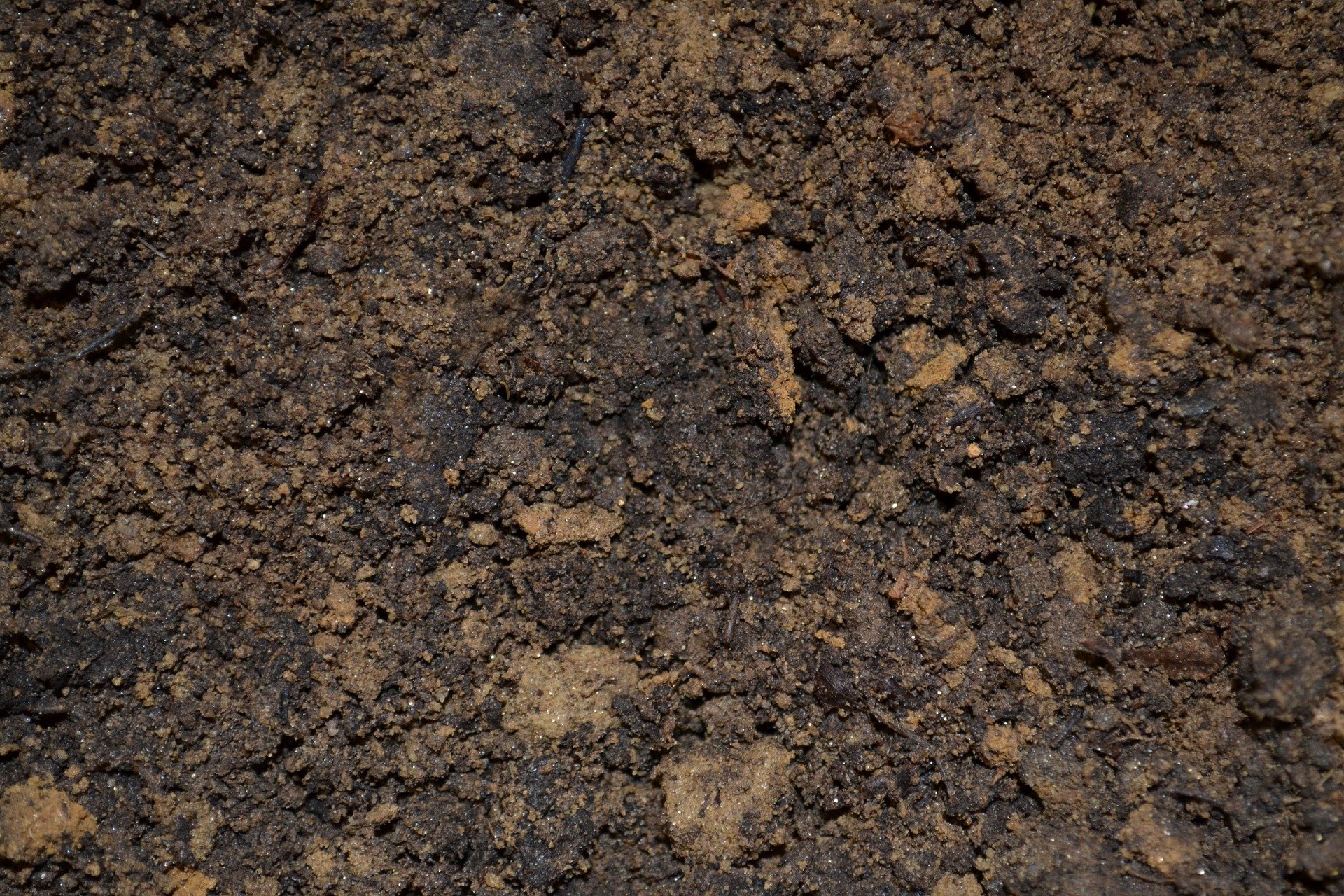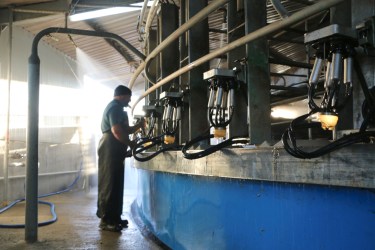By Victoria Craig-McFeely
Measuring organic matter (OM) in soils is set to be standard practice in the next few years, with the development of new income streams.
Take the Sustainable Farming Incentive (SFI) as an example, which is taking over from BPS for the arable, horticultural and improved grassland soil standards at introductory level. To reach the requirements for this pilot, you need to sample at least 20% of those soils for OM.
The need to measure organic matter doesn’t just stop at new regulations; it makes business sense. Gaining an improved understanding of your soils will hold benefits for your land, offering greater opportunity to drive yields and make better use of fertiliser inputs.
Let’s dig deeper into OM
Soil organic matter is the decomposed and partially decomposed materials within soils. It consists of around 50% carbon with additional macro and micronutrients. OM is vital, as it maintains a vast population of microorganisms that are critical to the health and fertility of our soils.
Through biological, chemical and physical processes soil OM is increased and enhanced. OM provides energy for soil organisms and physically, improves soil structure, water holding capacity and reduces losses through soil erosion. Chemically, OM adds to cation exchange capacity, buffers pH and provides a long-term store for carbon.
OM levels in your soil will vary due to the levels of organic matter applied and how quickly these are applied. Other variating factors include soil texture, moisture, temperature and aeration. Greater concentrations of soil OM occur at the soil surface and decreases at increasing soil depths, depending if inversion tillage takes place.
Typical OM levels should be around 3%. This does vary greatly across soil types, with peat soils being above 16% OM.
Timing is key
Sampling to monitor changes in soil OM should take place regularly and always before cropping changes. Sampling should also occur at the same time each year, when the soil has not recently been disturbed by tillage and at least 4 months since manure or compost applications.
It’s important to be consistent to achieve optimum accuracy.







